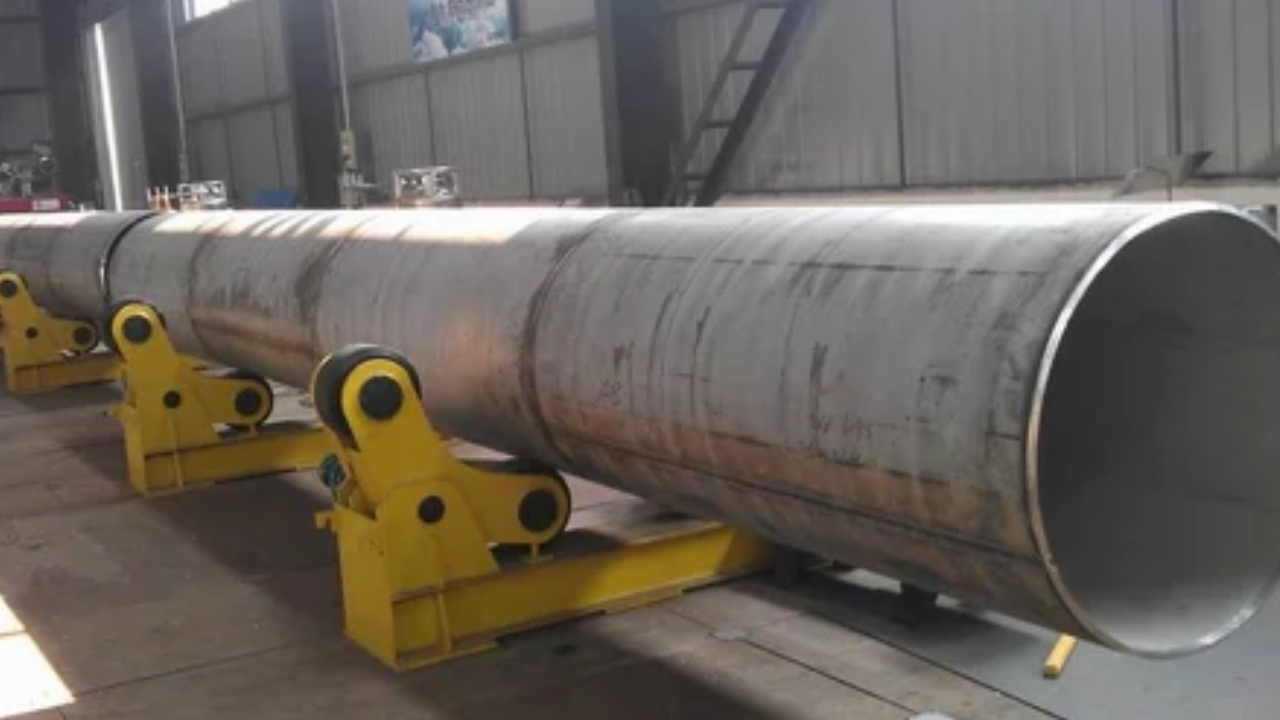API 5L line pipe serves as a critical conduit for transporting oil, gas, and other fluids across vast distances, distances, connecting manufacturing areas to refining centers and distribution networks. Its significance lies in ensuring the seamless and safe float of sources in the energy region. With standardized specs, API 5L line pipe helps interoperability amongst diverse additives of the electricity infrastructure, enhancing performance and reliability.
Its robust construction and adherence to stringent quality requirements ensure resilience in opposition to harsh environmental conditions and excessive stress environments, minimizing the hazard of leaks or ruptures. Ultimately, the api 5l line pipe plays a pivotal function in helping global energy demands, economic growth, and societal development.
Types of Testing API 5L for Line Pipes
Here are the key forms of testing required using API 5L for line pipes:
Hydrostatic Testing
Hydrostatic testing is one of the essential techniques used to assess the primary trustworthiness of programming interface 5L line pipes. In this test, the line is loaded up with water or some other reasonable fluid and compressed to an extraordinary stage. During the time that the strain is maintained, the pipe is examined for any indications of leakage or deformation. Hydrostatic testing sees a comprehensive surrender of holes, breaks, and assembling defects that could think twice about the pipeline's general execution and security.
Mechanical Testing
Mechanical testing is carried out to assess the physical properties and mechanical conduct of API 5L line pipes. This consists of tests along with tensile checking out, which measures the power and ductility of the pipe material, and hardness trying out, which evaluates its resistance to deformation and abrasion. Mechanical trying out allows making certain that the line pipes meet the minimum requirements for tensile electricity, yield energy, elongation, and hardness, particularly within the API 5L standard.
Chemical Testing
Chemical evaluation is carried out to determine the composition of the steel utilized in API 5L line pipes. This involves analyzing samples of the pipe material to quantify the degrees of various factors, inclusive of carbon, manganese, sulfur, phosphorus, and other alloying elements. Chemical testing works with confirmation that the steel meets the chemical composition necessities unmistakable in the Programming Interface 5L, ensuring the ideal properties of energy, life span, and consumption obstruction.
Non-Horrendous Testing (NDT)
Non-destructive testing (NDT) strategies are utilized to examine programming interface 5L line pipes for absconds without causing any damage to the material. Normal NDT techniques utilized for linepipe testing incorporate ultrasonic testing (UT), radiographic testing (RT), attractive molecule testing (MT), and fluid penetrant testing (PT). These strategies empower the location of inside and surface imperfections like breaks, covers, considerations, and weld discontinuities, guaranteeing the respectability and dependability of the line pipes.
Dimensional Inspection
Dimensional inspection is accomplished to confirm that the scale and geometrical tolerances of API 5L line pipes conform to the necessities detailed in the standard. This consists of measuring the outer diameter, wall thickness, duration, straightness, and roundness, and give-up profile of the pipes the usage of calibrated units and gauges. A dimensional inspection ensures ensure right suit-up, alignment, and compatibility of the linepipes during installation and assembly, minimizing the chance of leakage and failure.
Summary
API 5L trying out standards are vital for guaranteeing the integrity and protection of line pipes inside the oil and gas sector. By way of carefully carrying out hydrostatic, mechanical, chemical, non-negative testing, and dimensional inspection, manufacturers uphold great benchmarks, mitigate dangers, and ensure the sturdiness of pipelines. Adhering to those stringent standards no longer best fosters operational performance but additionally complements safety, reliability, and environmental stewardship in the transportation of oil and gas.


